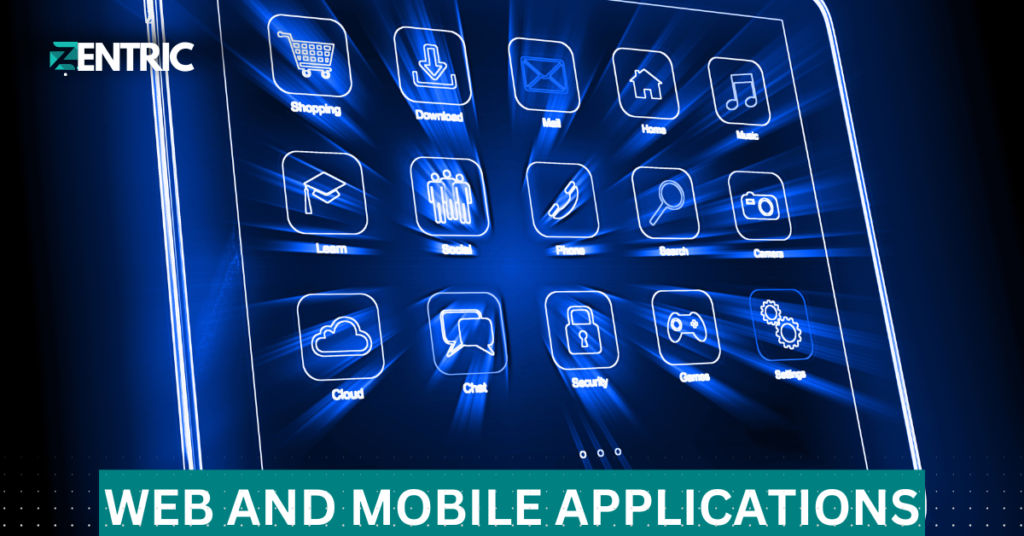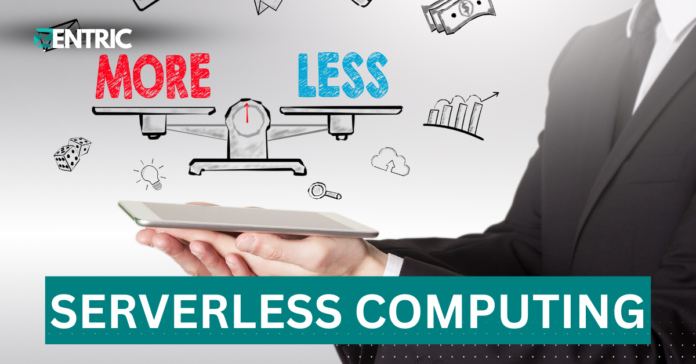Introduction
Software development is evolving on a daily basis, and cutting-edge technologies are transforming the method of application development and deployment. Of the most innovative recent breakthroughs has been serverless computing. More and more organizations and developers are adopting serverless architecture in order to ensure scalability, reduce costs, and ease development cycles. Is serverless computing the future of software development, however? This article speaks about the emergence of serverless computing, its pros and cons, and potential influence on the industry.
Understanding Serverless Computing
Serverless computing, as its name suggests, doesn’t exactly imply the absence of a server. Rather, it really means a cloud model where code is written and executed by developers without worrying about the underlying infrastructure. Cloud services like **AWS Lambda, Google Cloud Functions, and Azure Functions** take care of provisioning, scaling, and maintenance so that the developer just needs to worry about coding application logic.
Unlike traditional server-based architectures where servers need to be scaled manually and managed, serverless computing employs an **event-driven model**. Applications scale up or down dynamically depending on needs without employing pre-provisioned assets.
Primary Advantages of Serverless Computing
Cost-Saving
One of the most significant strengths of serverless computing is **pay-per-use pricing**. Cloud computing usually gets paid for by companies even when the server capacity is idle, while serverless providers only bill for the time functions are run. This reduces operational expenses quite extensively, hence a wonderful choice for startups and large companies alike.
Scalability and Performance
Serverless applications automatically scale in real time. The application may receive **10 requests per second** or **10,000**; the cloud provider automatically provisions the necessary resources. The auto-scaling feature offers high performance and availability without any human action.
Fast Time-to-Market
With serverless computing, the programmers are able to build without the overhead of infrastructure. This means **quicker development and deployment**, reducing time-to-market for apps. Serverless platforms also have good integration with DevOps and CI/CD pipelines, which further accelerates software development cycles.
Less Maintenance
Server management involves updates, patches, and security configurations. Serverless computing offloads these to the cloud provider, removing from the IT team’s shoulders. This allows businesses to invest less in resources and effort and more in innovation and not maintenance.
Challenges of Serverless Computing
Cold Starts and Latency Issues
One of the downsides of serverless computing is the issue of **cold starts**. Upon a long time of inactivity, startup latency happens when a function is called, which is due to boot time. While cloud providers are attempting to reduce this, application with extremely low latency may prefer not to use serverless.
Vendor Lock-In
Serverless computing heavily relies on **cloud proprietary services** such as AWS Lambda, Azure Functions, and Google Cloud Functions. The applications could prove to be troublesome to port between a cloud vendor and another one, thus bringing about vendor lock-in complications. Enterprises have to thoroughly examine the long-term ramifications of the move before committing it finally.
Difficulty of Debugging and Monitoring
The conventional usage allows developers to view errors and debug server logs efficiently. Serverless computing introduces the additional overhead of tracking errors in various cloud functions, however. Developers have to use tools like AWS CloudWatch, Azure Monitor, or third-party monitoring and debugging tools.
Use Cases of Serverless Computing
Web and Mobile Applications
Serverless computing is ideally suited to web and mobile application development, where front-end logic is coded by developers and serverless backends process requests, authentication, and data.

IoT Applications
Serverless computing’s event-driven computation model makes it very suitable for **Internet of Things (IoT) applications**. IoT devices generate huge amounts of data, which serverless architecture can process in real time without the need for specialized servers.
Microservices and APIs
Serverless computing also caters to **microservices architecture** to facilitate organizations to build and run standalone, loosely integrated services. Serverless functions are also used to develop **RESTful APIs** without backend infrastructure management.
Data Processing and Automation
Enterprises that have to deal with extensive data processing, such as **log analysis, ETL procedures, and execution of AI/ML models**, would be aided by serverless computing. They could be called based on occurrences such as database update, file upload, or system alert, and therefore more effective to automate.
The Future of Serverless Computing
Serverless computing is evolving rapidly, and adoption will increase in the future. Trends indicate that serverless will shape software development in the future.
Integration of AI and Machine Learning
Serverless computing will facilitate **on-demand model inference and processing** with increasing support for AI and machine learning. Cloud providers now widely offer AI-enabled serverless solutions that allow companies to host machine learning models without hardware with specialized expertise.
Edge Computing and Serverless
Edge computing is another area that is gravitating toward serverless architecture. Data processing at the source (i.e., edge servers and IoT devices) minimizes latency and maximizes performance for companies. Serverless at the edge will enable real-time processing in applications such as **autonomous vehicles, smart cities, and industrial automation**.
Improved Developer Tooling and Ecosystem Expansion
Cloud providers keep extending their serverless offerings with enhanced developer tools, monitoring tools, and integrations. With the ecosystem continuing to evolve, serverless computing will be even more pervasive, reducing existing limitations such as debugging overhead and cold start.
Hybrid and Multi-Cloud Serverless Solutions
To fight vendor lock-in problems, new models are coming up where companies can host serverless apps on several cloud providers. **Serverless platforms built upon Kubernetes like Knative and OpenFaaS** are becoming popular as they provide increased portability and flexibility.
Your option for the final version:
Conclusion
Serverless computing is now no longer a new trend—it’s the standard of modern-day software development. Its **lower cost, scalability, reduced maintenance, and speed of development**, serverless is more and more attractive to all sizes of organizations. Cold starts, vendor lock-in, and debugging are, however, points to be considered before embracing.
As cloud providers keep pushing the boundaries of innovation, serverless computing will have an **integral role in software development in the future**. To create web applications that scale, automate workloads, or power AI-driven solutions, serverless computing is paving the way to a cloud-native future of development. Companies that begin embracing serverless today will be well-positioned to succeed in a more digital future.
FAQs
1. Is serverless computing really serverless?
Yes, the servers exist, but they are fully managed by the cloud providers, thereby allowing companies not to possess infrastructure.
2. What are the leading serverless computing platforms?
AWS Lambda, Google Cloud Functions, Microsoft Azure Functions, and IBM Cloud Functions are a few of the leading serverless platforms.
3. Is serverless computing applicable for enterprise applications?
Yes, but companies must take scalability, compliance, and vendor lock-in risk into account before embracing serverless in its entirety.
4. How is serverless computing impacting the cost of software development?
Serverless computing adheres to the pay-as-you-go pricing model, which is cheaper by paying only for the time of execution and not idle server capacity.
5. Is serverless replacing conventional cloud computing?
Even as serverless takes center stage, cloud computing in its traditional form will still be of use for routine infrastructure-need workloads and administration of overall hardware assets.



